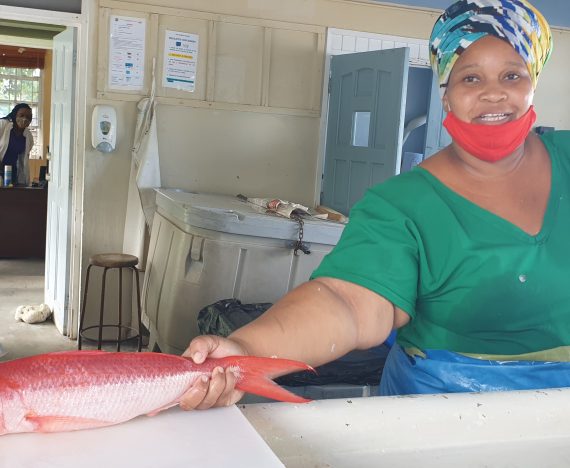Escape to Tenerife
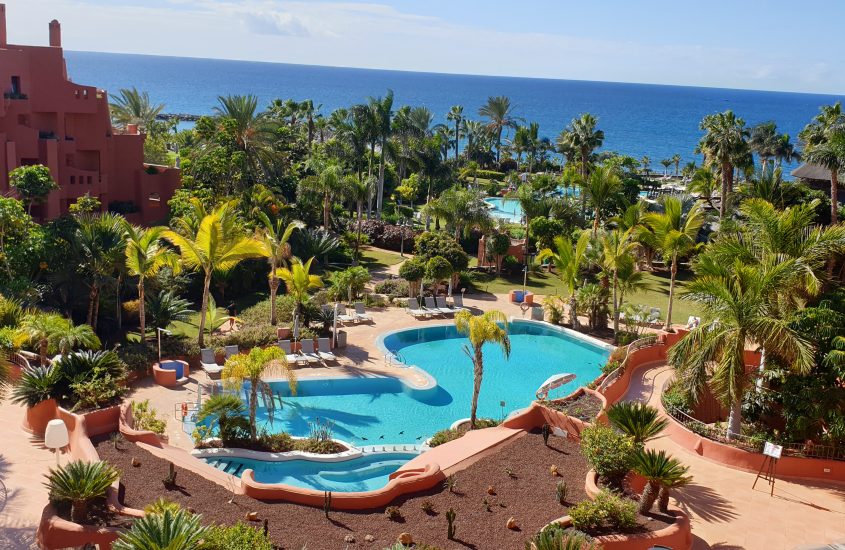

What it’s like escaping winter and lockdown, and some practical tips on navigating the rules to go to the Canary Islands
It’s winter. The days are short; even when it’s daylight, most days are grey and miserable. Either one’s “locked in”, because of COVID, or there are very limited places to go and people to see, and maybe, probably like millions of others, you’re tempted to break the law just in order to meet up with your friends and family.
So, if you can, wouldn’t you rather escape winter and lockdown to somewhere where it’s sunny, the days are long, the weather’s warm enough to be out all the time and the incidence of coronavirus is low enough to mean that everything’s open and the risks are minimal?
That was the logic that led us, in late October as the next impending lockdown was announced, to an instant decision to fly away to the Canaries before it kicked in. I still feel a bit guilty about it. Firstly, most people don’t have the means or ability to fly off at short notice, like I can do, with no pre-planning. Secondly, I’ve been reluctant to tell anyone about it, when everyone else I know is stuck at home with the rules.
LOCKDOWN IS COMING
But, whilst a lot of people who could travel won’t, because they are scared, we weren’t the only ones. The press conference announcing the lockdown ended at 19.40 on Saturday 31 October; it was going to come into force on Thursday 5 November. Nothing was said about travel restrictions then. However, I looked at a news website immediately afterwards and saw that it wouldn’t just be that everything would be closed; one of the new rules was that all non-essential foreign travel would be prohibited. We already wanted to escape winter – now we needed to escape lockdown too!
TIME FOR AN INSTANT DECISION
We’d booked to eat our that evening, and left a few minutes after reading that. It only took 5 minutes to reach the restaurant and park, but in that time we’d already decided to go to Tenerife on Wednesday if we could get flights. We already knew that there was no lockdown there, and being in a “travel corridor”, we’d not be subject to quarantine when (or if) we came back. Even before we’d looked at the menu, I was on the Ryanair and Easyjet apps on my phone to see what flights were available, and two minutes later had booked tickets from Luton to Tenerife on Wednesday 4th at £55 each one way (the situation everywhere is changing so fast that it seemed unnecessary to commit to a return date). Not a lot of others seemed to be travelling – our online boarding card sequence numbers were 13 and 14….
Seeing more Sunday morning news about travel restrictions, I checked the same airline website again out of curiosity – tickets for the same flight as I’d booked were now £229 each. By Sunday night, every flight up on every airline to Wednesday was sold out.
FLYING NOW IS A SURREAL EXPERIENCE
Going through any airport at the moment is a surreal experience; so few flights, so few people, almost every shop and bar closed. Luton on the 4th was no exception; in normal times, one would expect the departure board to be showing flights at least every 5 minutes all day long; on this day, there were only a dozen flights departing in the whole day, and none an hour either side of ours, so although the plane was indeed packed, put 180 passengers in a big airport and it still feels empty. No need for “fast track” security; no queue, no wait. And remember, this was still on a day when there were no restrictions on travelling abroad.
At the time, the only restriction on getting into Spain – the mainland or the islands – was the need to fill in an online passenger declaration form before departure. Once complete, you receive an email with a QR code, which you either need to print or display on your phone when you arrive in Spain. It’s checked by health staff before you reach the passport counter; they also randomly select passengers for additional questions and temperature checks, but from what I could see (and also on other visits I’ve made to mainland Spain since June) these are straightforward and quick.
Tenerife South airport was nearly as deserted as Luton had been.
It was weird to see a Spanish holiday airport without any tour groups, tour buses or tour guides; the few people travelling were, like us, going independently. So, whilst the arrivals hall was practically empty, there were surprisingly long queues for both car rental – with the relative shortage of foreign tourists, they’d cut staff to the minimum – and taxis too, since, with only a few flights a day, there wasn’t the usual mass of them hanging around.
We’d booked a hotel for the first few nights, and then planned to rent a car and tour the island. Our taxi driver was surprised that the hotel was even open; she told us that about 90% of them in the south coast touristic centre were closed. We didn’t have the hotel entirely to ourselves, but it was only about 20% full; the busiest hotel we stayed in was still less than 50% full. For us, as guests, it was such a pleasure being in a semi-empty hotel; we just felt bad for the staff, many of whom had been laid off or furloughed. Those that were working were only kept on part time.
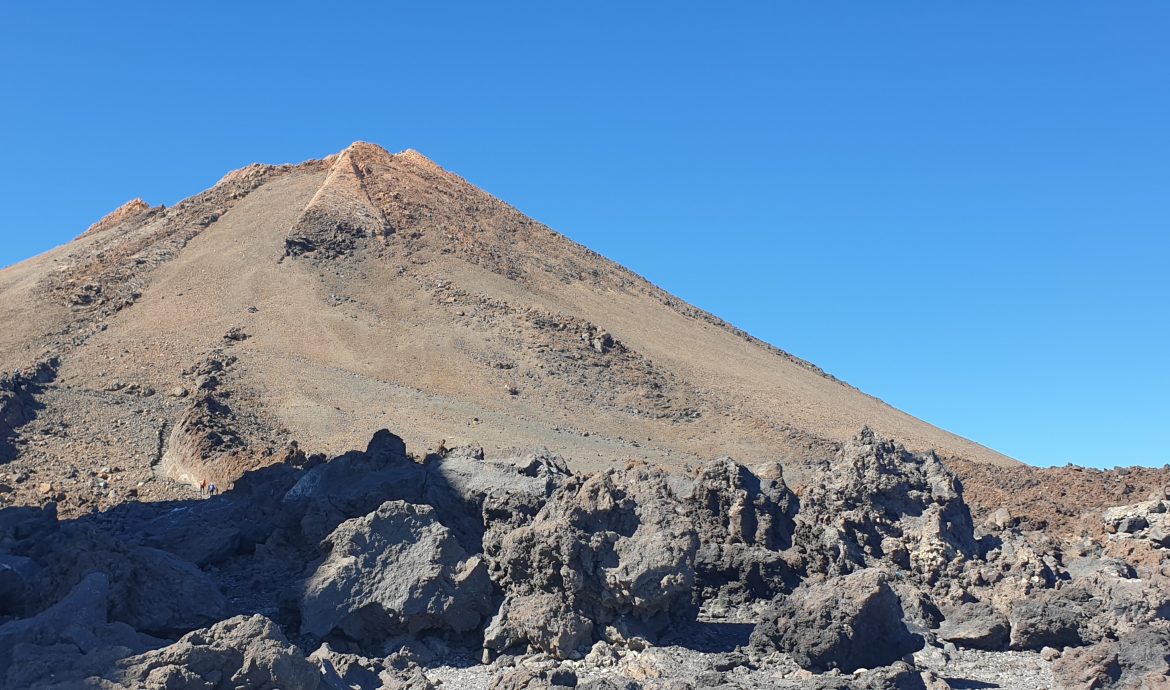

The weather was great, the days were long – well, two hours longer than in London – and the island proved much more interesting than I’d expected. The places that depended on tourism, the costas on the South coast and Puerto de la Cruz on the North, felt empty and a little sad with so few people around. The island capital, however, Santa Cruz de Tenerife, was buzzing. There, tourism is only a secondary economic driver. The hotels were not full, but were fairly busy with business travellers; all the restaurants were open, with customers, and all the shops were open and busy too. It actually felt normal!
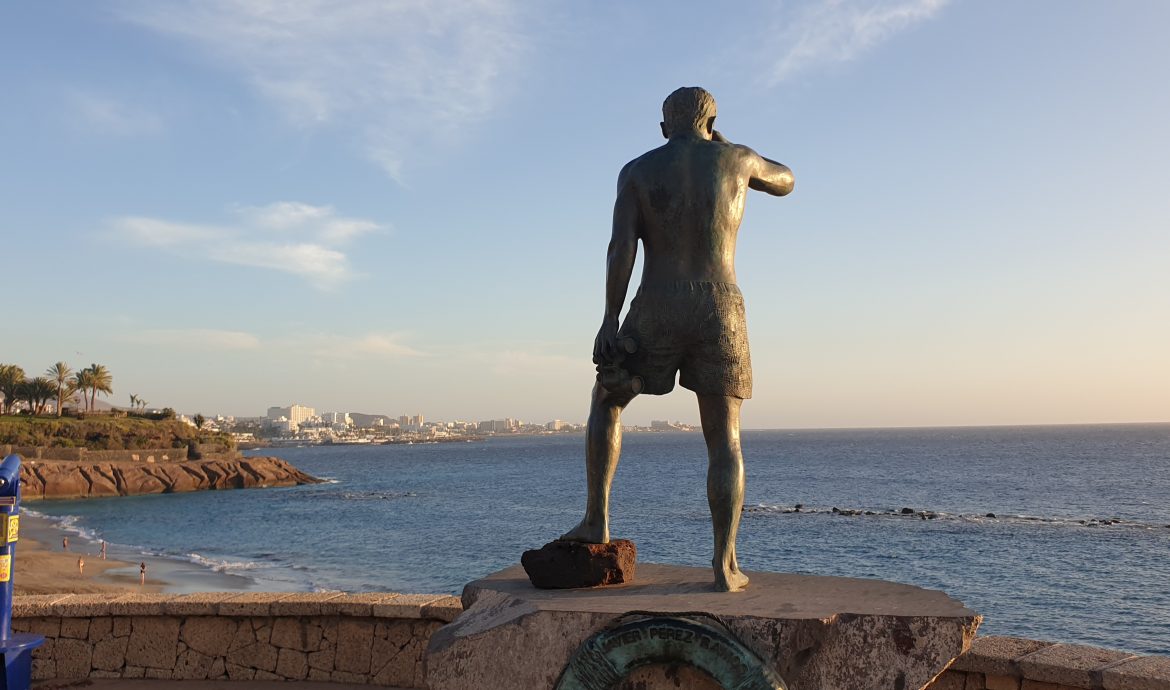

IT WAS ALL GOING SO WELL
Just as we were about to move on, on Sunday 15th, we hit a snag. That day, the local government introduced a requirement for travellers staying in hotels and tourist accommodation to show a negative COVID test on arrival, unless they’d been in the islands continuously for the last 15 days. We’d only been there for 11!
I realised the issue when, early on that Sunday morning, I was researching possible hotels to stay that night. Online, they all came up with this new test requirement. The new law had only been ratified after we’d arrived in Tenerife, so I’d assumed we’d be exempt, but no; until we’d been in the islands for 15 days, we would need a test carried out in the 72 hours before checking in to the next hotel.
Fortunately, I was able to extend our then hotel stay by an extra night; I was worried they’d treat it as a new booking and ask for a test certificate, but no, no problem. We’d really wanted to move on, but staying another night was better than the alternative of sleeping in the car if we couldn’t get a test result before evening!
GETTING AN URGENT COVID TEST IN A STRANGE CITY ON A SUNDAY
Next, the problem of finding somewhere to get a same day test. Fortunately, the new law allowed for rapid antigen tests, where the results come back in an hour or two, rather than PCR, where it’s a minimum of 24 hours to get the results. Finding a test centre on a Sunday, though, wasn’t so easy; the first four that we called were all closed until Monday. Fortunately, we found one that could do tests in the afternoon. We had to pay a weekend surcharge, but at 60 euros, it was still cheaper than a PCR test or one done in the UK.
WANT TO GET AWAY? HERE’S WHAT YOU NEED TO DO NOW
Yet further restrictions came in on 23 November. Now, in order to enter Spain by air or sea – not just the mainland and Balearic Islands, but the Canary Islands too – it’s necessary to have a certificate of a negative PCR test done before departure, 72 hours or less prior to arrival. And, of course, still fill in the form online and get a QR code. Both will be checked at the airport on arrival.
My interpretation of the Spanish law is that the PCR test swab has to be taken by a medical professional; there are many clinics in London, and probably most other UK cities, where one can get tested, and the number must be growing as more and more countries require these tests.
YOU NEED TO GET THE TIMING RIGHT
The limitation is the timing; one has to allow up to 48 hours to get the results back, so to avoid cutting it to the bone, 72 hours is really what is needed. The strict interpretation is also that the timing relates to your arrival time. Some other countries, but not Spain, have now said 3 days, which is slightly less problematic. If Spain applies the law strictly, that means that if you are going to fly on a Wednesday and land at 19:00h, you’ll need to be tested at or after 19:00h on the preceding Sunday! If you leave it until Monday you may not get the results back in time. If you plan on travelling over Christmas and New Year it’s going to be even more difficult.
If you don’t live in a major city, it will be difficult or impossible to get a professionally-done PCR test. There are, however, services where the kit is mailed to your home, you swab yourself and then courier the swab to the laboratory; some companies have set up fast track arrangements that should work. The biggest tour operator, TUI, is telling its customers to use this type of service, so I’m guessing that they’re not expecting the letter of the law about professional tests to be applied in Spain. And DIY tests are cheaper; a test done at a clinic costs around £150, whilst the ones that TUI suggests, after applying the 20% discount (enter code TUIDEC20 at checkout) comes out at £96.
The cost of the tests for a family will probably put many people off travelling.
BE PREPARED FOR THE RISK OF CANCELLATION!
However, if you’re willing to accept the hassle and the cost of the tests, don’t forget to first check the cancellation conditions on your flight and any other travel arrangements you may have paid for, and/or your travel insurance, just in case you or anyone you are travelling with test positive – in which case, of course, you won’t be able to go.
AND BE PREPARED TO GET TESTED AGAIN!
If you’re going to the Canary Islands, also remember that their own local law on testing is still in place.
The negative PCR certificate that you got at home and needed to get through the airport in Spain will be fine for checking into your first hotel or airbnb. However, if you plan to tour, either around the same island or hopping to another one, you’ll need to get another test done before you check into the next hotel or apartment, unless and until you’ve been there for 15 days – after which, they’ll accept a copy of your boarding pass and Spanish QR code to prove your date of arrival (you’ll have to complete and sign a legal declaration form too). From my experience, getting the test is easy enough, just expensive; I used Quiron, they have clinics all over the islands.
INSTALL THE APP – FOR WHAT IT’S WORTH
It’s also a legal requirement in Spain to install and use their RADAR COVID app on your phone. Note that this conflicts with the UK NHS COVID app; you can only have one of them active at the time. The Spanish law says you have to keep theirs for 15 days after leaving the country, but obviously they can’t enforce that, any more than they can force travellers to have a smart phone in the first place. I assume the intention is to use it to alert you if someone you have been in contact with tests positive. I personally don’t think either of the apps are any use; they’ll only alert you to being near someone who has tested positive if that person has uploaded their results to their phone, and in that case they should be self-isolating so you shouldn’t have any possibility of being near them…
Is it worth it? You bet. Now I’m back in London, the days are short, the weather is cold…. I can’t wait to get away again. Let’s hope that circumstances permit.
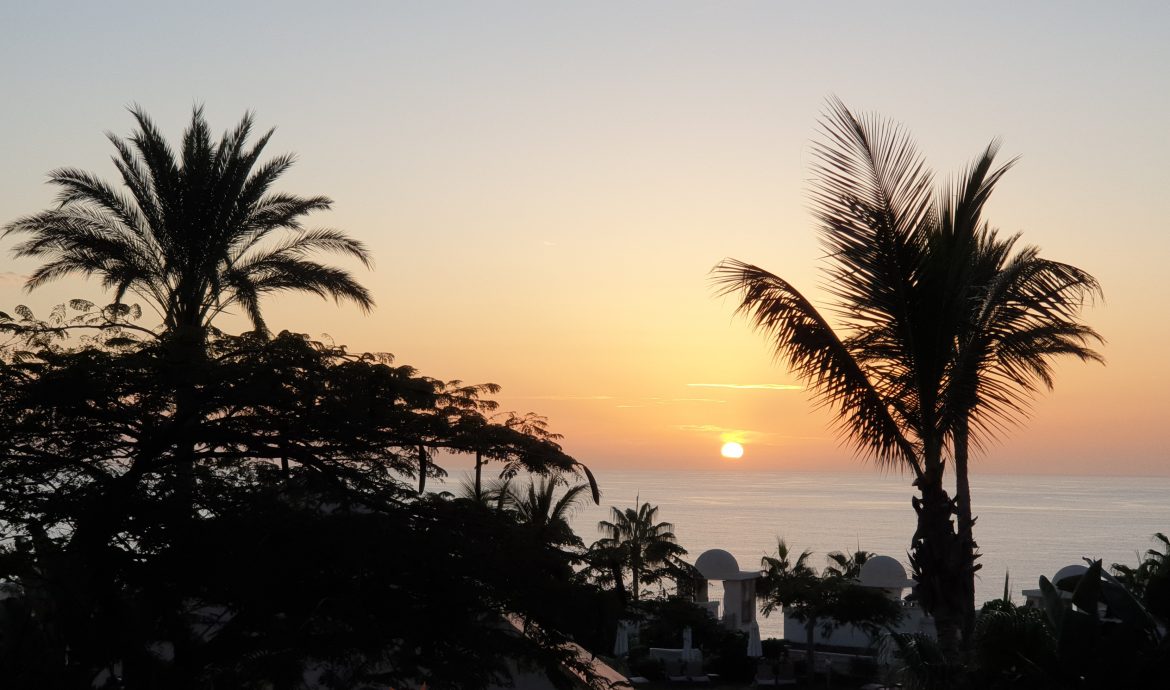

I’d be glad to hear from you and answer any questions you may have – get in touch with me using the links in my contact page


